May 17, 2025 | 19:34 GMT +7
May 17, 2025 | 19:34 GMT +7
Hotline: 0913.378.918
May 17, 2025 | 19:34 GMT +7
Hotline: 0913.378.918
According to a report by the Department of Fisheries (Ministry of Agriculture and Rural Development), the total area of brackish water shrimp farming in Vietnam in 2023 reached 737,000 ha. Output is estimated at 1.12 million tons, up 5.5% over the same period in 2022.
The plan for 2024 is that the shrimp farming area will reach 737,000 ha (622,000 ha of giant tiger prawns and 115,000 ha of whiteleg shrimp). Shrimp output of all kinds will reach more than 1 million tons, including 300,000 tons of giant tiger prawn and 765,000 tons of whiteleg shrimp. Export turnover will reach USD 4–4.3 billion.
Chairman of the Vietnam Fisheries Association Nguyen Viet Thang said that for many years, shrimp has always been the staple product of the fisheries industry in particular and the agricultural sector in general, as it contributes about 45–50% of the total value of seafood exports. Currently, Vietnam is one of the world's largest shrimp-producing countries and is in the top 4 in exports along with Ecuador, India, and Indonesia.
Mr. Nguyen Tan Sy, COB of SA-BIO Aquarius Technology Solution JSC, affirmed that the shrimp industry is one of Vietnam's key economic sectors, contributing significantly to economic development and creating jobs for millions of people. However, this industry is now also facing many major challenges that need to be resolved to optimize the shrimp value chain and develop sustainably.
Mr. Sy analyzed that, first of all, the shrimp industry is heavily affected by climate change and harsh weather. Soaring temperatures, sudden changes in rainfall, and rising sea levels are creating disadvantages for the shrimp farming environment. Saltwater intrusion and shortages of fresh water in many farming areas directly impact the efficiency and productivity of shrimp.
Another big challenge is disease. New diseases are increasingly dangerous and cause shrimp to die very quickly in a short period of time, such as translucent post-larvae disease (TPD). Current common diseases such as early mortality syndrome (EMS), Enterocytozoon hepatopenaei disease (EHP), infectious myonecrosis disease (IMNV), infectious hypodermal and haematopoietic necrosis disease (IHHNV), white spot syndrome, etc. frequently break out, causing heavy losses to shrimp farmers.
Disease control still encounters many difficulties due to a lack of technology, means, equipment, and ineffective management methods.
The unguaranteed quality of shrimp seed and feed is also a difficult problem. Poor-quality seed leads to low survival rates and an increased risk of disease. Substandard feed affects the growth and health of shrimp, leading to low productivity and high production costs.
According to Mr. Sy, the shrimp industry is also facing the problem of environmental pollution. Wastewater from shrimp farms, if not treated properly, will pollute water sources, negatively affecting the ecosystem and public health. Improper use of medicines and chemicals leads to residues of banned substances in shrimp products, causing difficulties in export. Besides, international competition and trade barriers are also big challenges.
Mr. Sy said, "We have to compete with large shrimp-producing countries such as Ecuador, India, and Indonesia. At the same time, requirements on quality and food safety from the main export markets, such as the EU, US, and Japan, are increasingly high, requiring us to raise production standards to meet import standards."
Shrimp farming is considered the most important link in the shrimp industry value chain, having a great impact on other links such as seed, feed, export processing, etc. However, recent reality shows that this link has many uncertainties, causing shrimp farming households, especially small-scale farming households, to fall into a difficult position.
Mr. Ngo Tien Chuong, Senior Technical Expert of the German Agency for International Cooperation (GIZ), shared: "Shrimp farming is the most important stage in the supply chain; however, this is also the 'loosest' link."
Mr. Chuong clearly pointed out some reasons. First, the majority of farming areas are owned by farmer households, and production still lacks specific and long-term plans. Farmer households make their own decisions on choosing varieties, feed, medicines, and farming methods. This has created a lack of synchronization, a mismatch between supply and demand, and many risks and weaknesses in negotiations with input-supplying businesses and raw material-purchasing businesses.
Second, the infrastructure is not synchronous; there are many farming areas that do not have access to a suitable water supply (enough salinity) to ensure the continuity of the farming crop or do not have enough farming conditions. This problem also contributes to increasing production costs, such as electricity consumed by water pumping, water treatment chemicals, and additional costs for logistics (with farming areas having to transport more by motorbike).
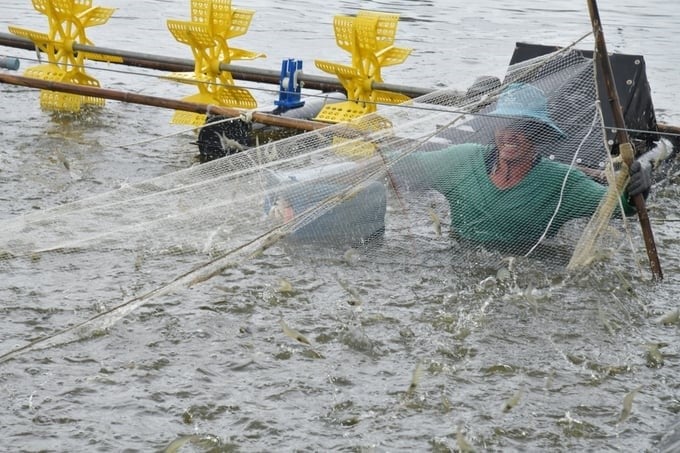
Recent reality shows that the shrimp farming stage has many uncertainties. Photo: Hong Tham.
Third, the rate of failed farming crops due to diseases is currently very high. This is mainly caused by the quality of seed and water sources. However, farming households lack accurate information or have distorted information.
Architect Vu Hong Thai, Design Director of Aqua Mina Company, said that all other stages are implemented by businesses; only the farming stage is done by farmers, so synchronous investment and financial management are all not effective. If well organized, farming and costs will not be as high as today. "Technology is not the problem, but the scale of the farm and the way of organization and management are the roots," Mr. Thai emphasized.
Mr. Sy commented that shrimp farming is an important link in the shrimp industry value chain because it determines the quality and value of Vietnamese shrimp products. However, this is currently the weakest stage in the industry value chain, which is facing many serious problems.
Mr. Sy also pointed out a series of difficulties, such as disease problems; unguaranteed quality of seed and feed; environmental pollution problems due to shrimp farming activities that are not strictly controlled. Shrimp farming techniques and applied technology are still limited. Human resource management and training issues have not been given moderate attention.
To overcome these weaknesses and improve the value of the shrimp farming stage, Mr. Sy assumes that it is necessary to implement a series of specific and effective measures.
Firstly, improve the quality of shrimp seed through investing in research and development of disease-resistant, fast-growing, and high-quality shrimp varieties; build seed production centers that meet international standards; and ensure the supply of quality seeds to farmers.
Secondly, apply advanced technology to manage the water environment, reduce pollution, and ensure the best living conditions for shrimp. Encourage sustainable shrimp farming models without the use of antibiotics and chemicals.
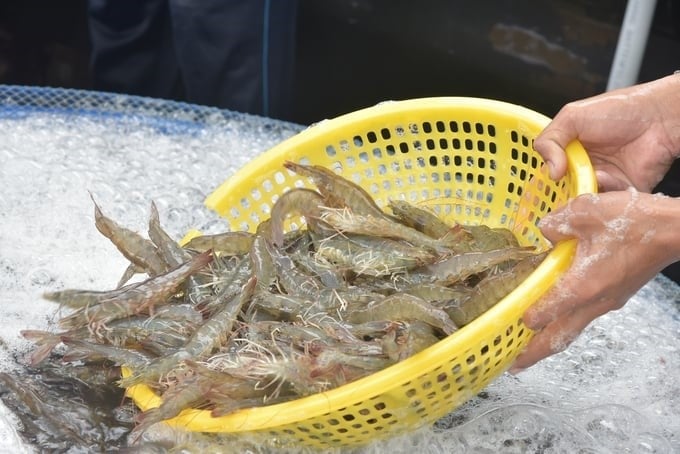
Encourage sustainable shrimp farming models without the use of antibiotics and chemicals. Photo: Hong Tham.
Thirdly, strengthen training, technology transfer, and shrimp farming techniques for people. Encourage the application of new technologies such as closed water circulation systems, shrimp farming in greenhouses, etc. to improve productivity and product quality.
At the same time, build standard disease management processes, closely monitor, and effectively prevent and control diseases. Train shrimp farmers on early detection and treatment of diseases.
In addition, the Government needs to have financial, technical, and market support policies for shrimp farmers. Strengthen inspection, supervision, and guidance to ensure compliance with regulations on sustainable and safe shrimp farming.
Mr. Ngo Tien Chuong, Senior Technical Expert of the German Agency for International Cooperation (GIZ), said: "Most farming areas are owned by farmer households, and production still lacks specific and long-term plans. Farmer households make their own decisions on choosing varieties, feed, medicines, and farming methods. This has created a lack of synchronization, a mismatch between supply and demand, and many risks and weaknesses in negotiations with input-supplying businesses and raw material-purchasing businesses."
Translated by Thu Huyen
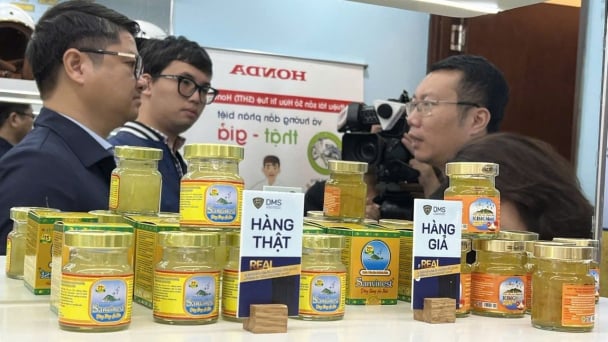
(VAN) In the face of counterfeit and imitation products, Khanh Hoa Salanganes Nest Company hopes for the prompt completion of the legal framework, strict enforcement against violations, and protection of the bird’s nest brand.
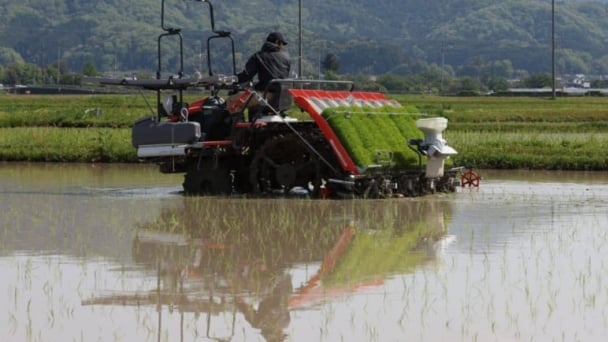
(VAN) Japan's efforts to lower the price of rice through the release of its stockpile may finally be making some progress, albeit at a snail's pace.

(VAN) U.S. tariffs are not only a 'shock', but also an opportunity for Vietnamese businesses to renew their mindset toward comprehensive development.
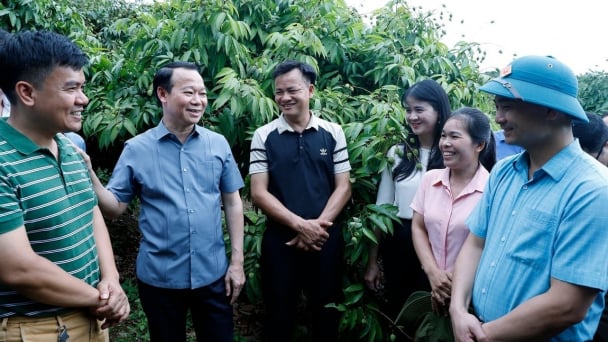
(VAN) As Bac Giang lychee enters the harvest season, Minister Do Duc Duy expects that the fruit will contribute greatly to agricultural exports due to standardized production and deep processing.
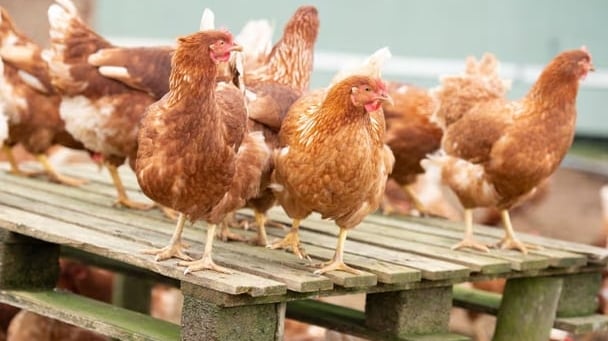
(VAN) Consumers have shown a preference for free-range eggs, but those farming systems are more vulnerable to biosecurity risks like bird flu.
/2025/05/09/5701-1-184335_301.jpg)
(VAN) Vietnam’s eel exports nearly doubled thanks to a mud-free farming model, opening up new prospects while still facing numerous barriers related to international standards.
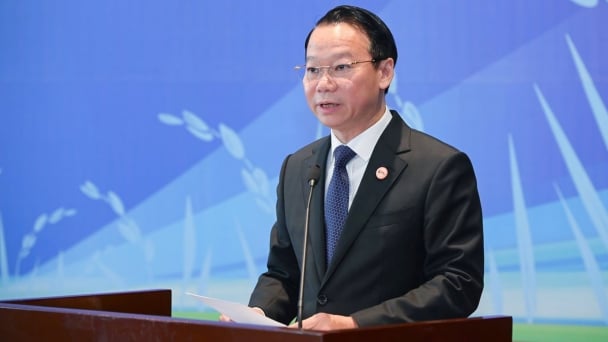
(VAN) Minister Do Duc Duy warned that if production is not professionalized and supply chains are not transparent, the U.S. market could become a growth bottleneck.